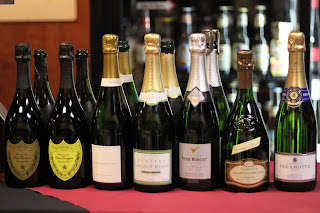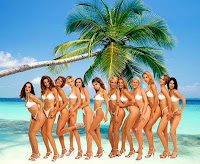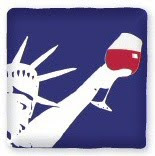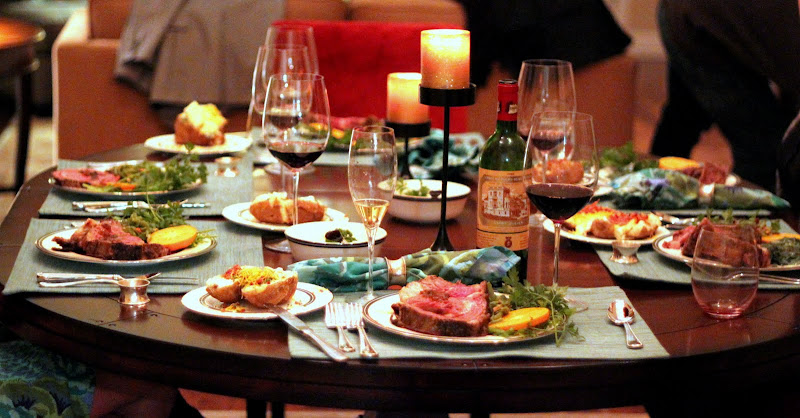Gruner Veltliner for Christmas?

Best darn rack of pork I've ever had, courtesy of Fima. On the first day of Christmas... I was going to serve Champagne with dinner. Gruner Veltliner was supposed to be a pre-dinner curiosity drink. But when my mom and I gave the 2008 Forstreiter Gruner Veltliner Schiefer Reserve from Kremstal DAC ( Districtus Austriae Controllatus ) a sip, I thought I heard jingle bells. At just under $20 (at WineChateau.com ), this wine delivered outstanding QPR this holiday season. Champagne? What Champagne! The bottle of Gruner lasted us all through the meal. It worked with both the salad (of Romaine lettuce, Brussels sprouts, hard-boiled eggs, pickles, and home-made Caesar style dressing with anchovies, mustard, and olive oil) and with an incredible rack of pork that my step-dad Fima roasted to moist, juicy, savory, sweet perfection! Gruner Veltliner (or "grooner" or "gru-vee") is the wine grape of Austria. If you think Zweigelt , Zierfandler , and Rotgipfler are too ob...






